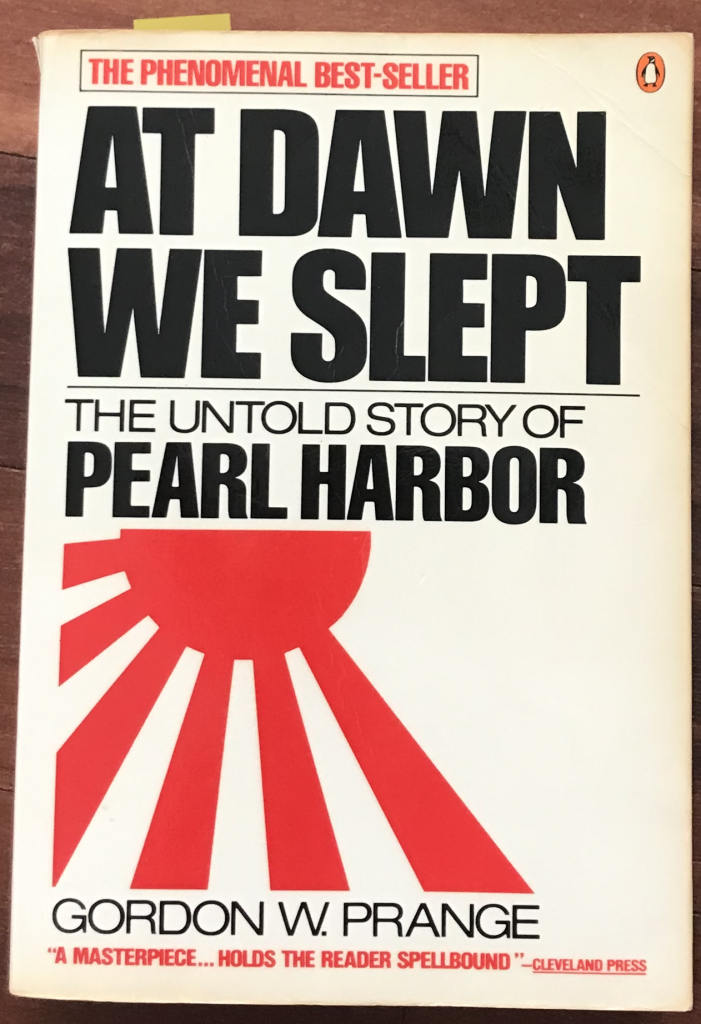Werneth, Ron. (2008) Beyond Pearl Harbor, the untold story of Japan Naval Airmen. Schiffer Publishing Ltd ISBN 978-0-7643-2932-6
This is a collection of testimony from Japanese Navy airmen. They are coming from Pilot, Crews and Mechanics and give us a vivid portrait of the bring-up and experience in the Imperial Japanese Navy from the mid-30’s thru the war.
The author has done an incredible job of preserving those accounts which would have disappear with the sense of guilt and shame around Japanese role in WWII. They provide a description of Japan in the 30’s, a mix of occidental modernity with still some survivance of the old feodal world of samurai.
Most of them survived the war because they were wounded during the battle of Midway and when they recovered they have been assigned to training schools. The very high attrition rate of the Japanese Navy Airmen has several causes
The poor eating habits and health practices of the Japanese is a key factor. It is almost incredible to think that the night before Pearl Harbor most of the airmen were served liberally Sake until many of them passed out. There is an impact on the performance during a long flying mission. Depending on their rank the Airmen
The preparation for the raid on Pearl Harbor is also a bit awkward as there was an incredible emphasis on secrecy to achieve surprise.
The crews learned very late their objectives, 10 days before the raid. Their practices were blind and they was little time to review the constraints and the risks of the raid. The lack of detailed planning is baffling, one example is there was no realistic alternate plan if “Battleship row” would have been protected by an anti-torpedo net. Air crews were not considered as valuable assets and there was not a solid plan to recover them if their planes were too damaged to make it back to the carrier fleet.
Communications were also a key weakness of the Japanese Naval Aviation, wireless communications were in Morse code and the equipement was not relialable. Most of the time the pilotes will rely on visual signals to communicate without an error proof procedure. The most shared mistake is the confusion created by the “surprise” signal sent twice by Fuchida Mitsuo leading to some squadrons following the “no surprise” plan.

